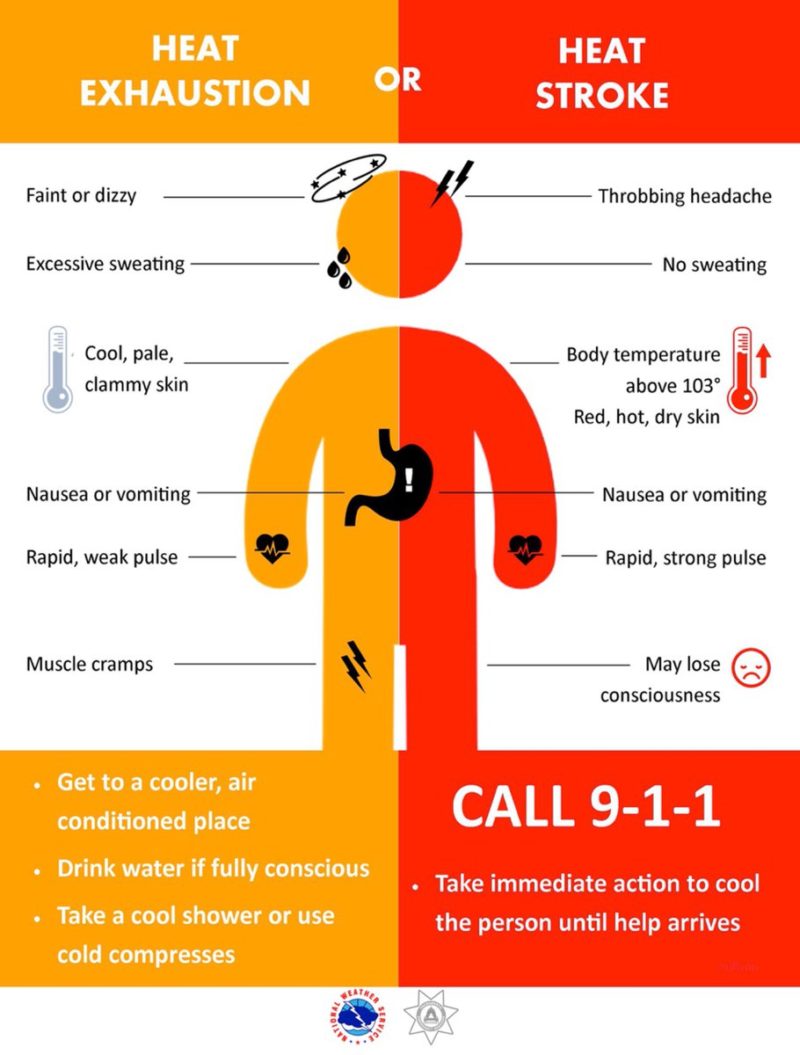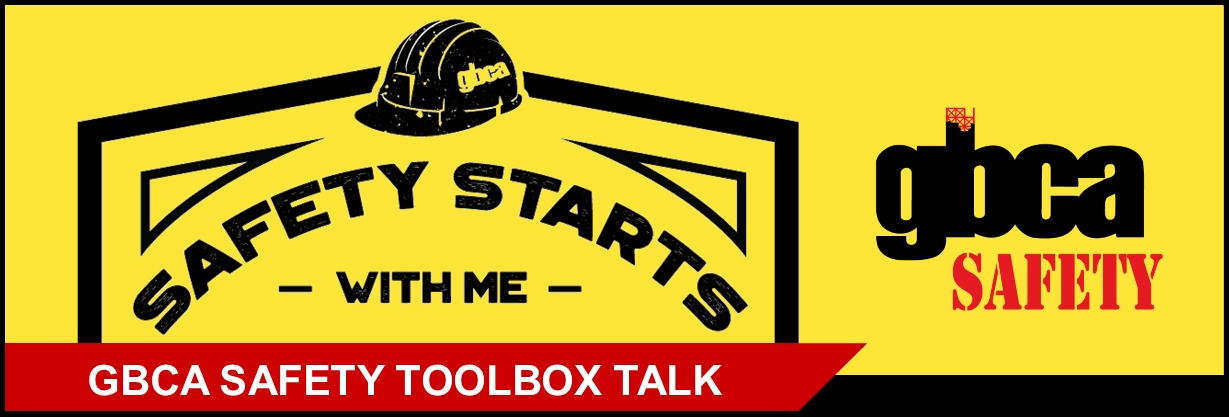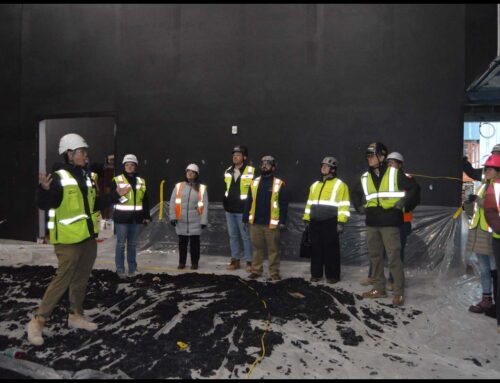This GBCA Safety Toolbox Talk discusses heat-related stress and illness. Click below to download the Toolbox Talk as a two-page handout.
Heat-Related Stress and Illness
Hot summer months pose special hazards for outdoor workers. Construction workers are prone to heat stress in various high temperature settings, such as on rooftops, or in open excavation sites which may lack air movement. Heat-related illness may initially manifest itself as a rash or cramps, but can quickly escalate to heat exhaustion and heat stroke if simple preventative measures are not followed.
What is Heat Stress?
- Heat stress occurs when the body is unable to cool itself by sweating.
- Heat stress can lead to heat-related illnesses such as heat exhaustion and heat stroke.
Symptoms of Heat Exhaustion:
- Headache, dizziness, lightheadedness, fainting
- Weakness and moist skin
- Mood changes, irritability, confusion
- Nausea, vomiting
Symptoms of Heat Stroke:
- Dry, hot skin with no sweating
- Mental confusion or loss of consciousness
- Seizures or convulsions
- Note: Heat stroke can be fatal
Preventing Heat-Related Stress and Illness:
- Know the symptoms of heat-related illnesses
- Block out sun or other heat sources
- Use fans or air conditioning units
- In high heat, drink 1 cup of water every 15 minutes
- Wear lightweight, light colored, loose fitting clothes
- Avoid alcohol, caffeinated drinks, or heavy meals
- Wear sunscreen of SPF 15 or higher and reapply every 2 hours
Treating Heat-Related Stress and Illness:
- If a worker exhibits signs of heat stress or a heat illness, call 911 and seek medical attention immediately.
While Waiting for Emergency Response Teams:
- Move worker to a cool, shaded area
- Loosen or remove heavy clothing
- Provide cool drinking water
- Fan and mist person with water

Image Credit: National Weather Service
Remember to record the attendees of your toolbox talk!
Access GBCA’s full library of toolbox talks:





